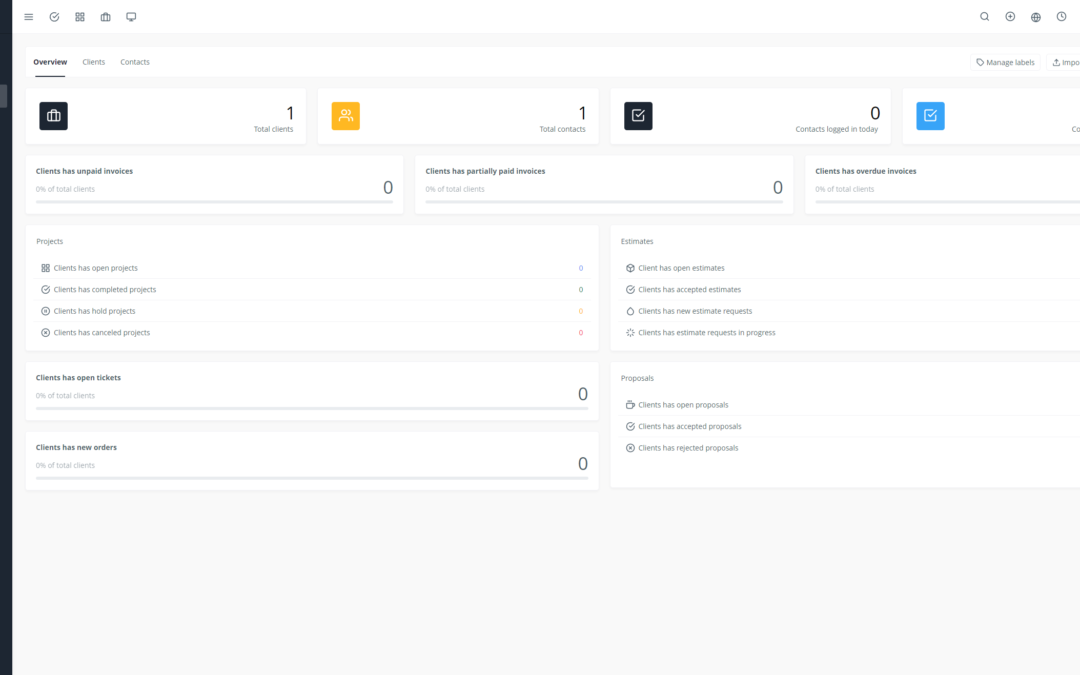Looking to boost your sales and maximize profitability? The first step is understanding how your sales process works and identifying areas for improvement.
An effective sales process is measured through relevant key performance indicators (KPIs). By analyzing this data, you can identify the strengths and weaknesses of your strategy, adjust your actions, and maximize your conversion rate.
1. Define Relevant KPIs for Your Business 🎯
Before you start measuring, it’s crucial to define the KPIs most important to your business.
Here are some examples of common KPIs:
Conversion rate: How many leads turn into customers?
Average sales cycle: How long does it take to close a sale on average?
Average revenue per sale: What is the average amount of each transaction?
Customer acquisition cost (CAC): How much does it cost to acquire a new customer?
Customer satisfaction: How do your customers perceive their buying experience?
Number of leads generated: How many leads is your team generating?
Lead qualification rate: How many leads are qualified and ready to be contacted?
2. Measure Different Aspects of Your Sales Process 📊
Once you’ve defined your KPIs, it’s important to measure them regularly. Here are some examples of metrics to consider:
Effectiveness of sales process stages: Analyze the time spent on each stage and identify any bottlenecks.
Time spent at each sales process stage: Identify time-consuming steps and optimize processes.
Number of contacts per prospect: Determine if the number of contacts is sufficient to close a sale.
Individual sales rep performance: Evaluate the performance of each sales rep and identify strengths and weaknesses.
Sales tool usage: Analyze the use of sales tools and ensure their effectiveness.
Impact of marketing campaigns on sales: Measure the number of leads generated by each marketing campaign.
ROI of sales initiatives: Evaluate the return on investment of your different sales efforts.
3. Analyze Data and Identify Weak Points 🔍
Data analysis is key to identifying weaknesses in your sales process.
Compare performance to set goals: Determine if performance aligns with your goals and identify any gaps.
Identify sales process weaknesses: Identify the stages where conversion rates are low or sales times are long.
Detect opportunities for improvement: Leverage data to identify optimization and improvement opportunities.
4. Implement a Tracking and Analysis System 📈
An effective tracking system is crucial for an optimized sales process.
Choose tracking and analysis tools that meet your needs.
Implement a regular reporting system.
Use dashboards and reports to visualize performance and trends.
5. Optimize Your Sales Process 🤝
Once you have a deep understanding of your sales process and its weaknesses, you can start optimizing it.
Simplify sales process stages.
Improve internal and external communication.
Develop tools and resources for your sales team.
Train your sales team on effective sales techniques.
Improve the customer experience.*
By following these tips, you can measure the performance of your sales process, identify weaknesses, and optimize your strategy to achieve your growth goals.
Feel free to adapt these tips to your specific situation and needs.

